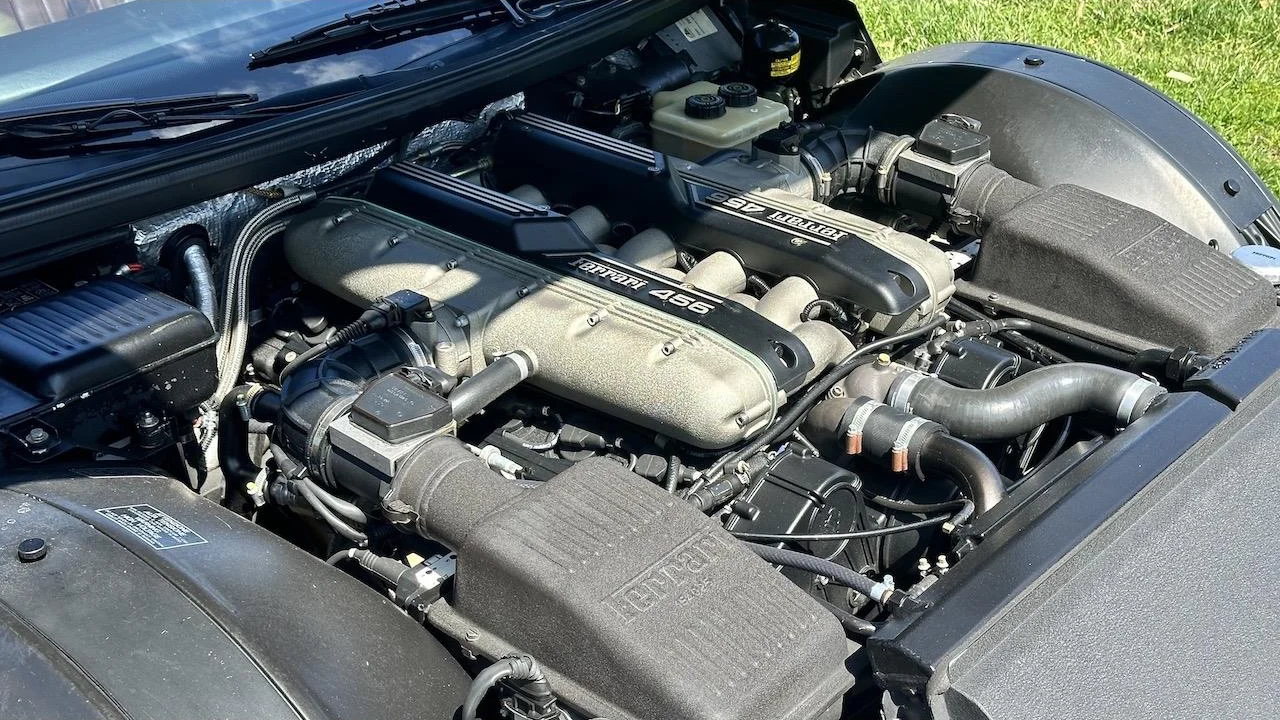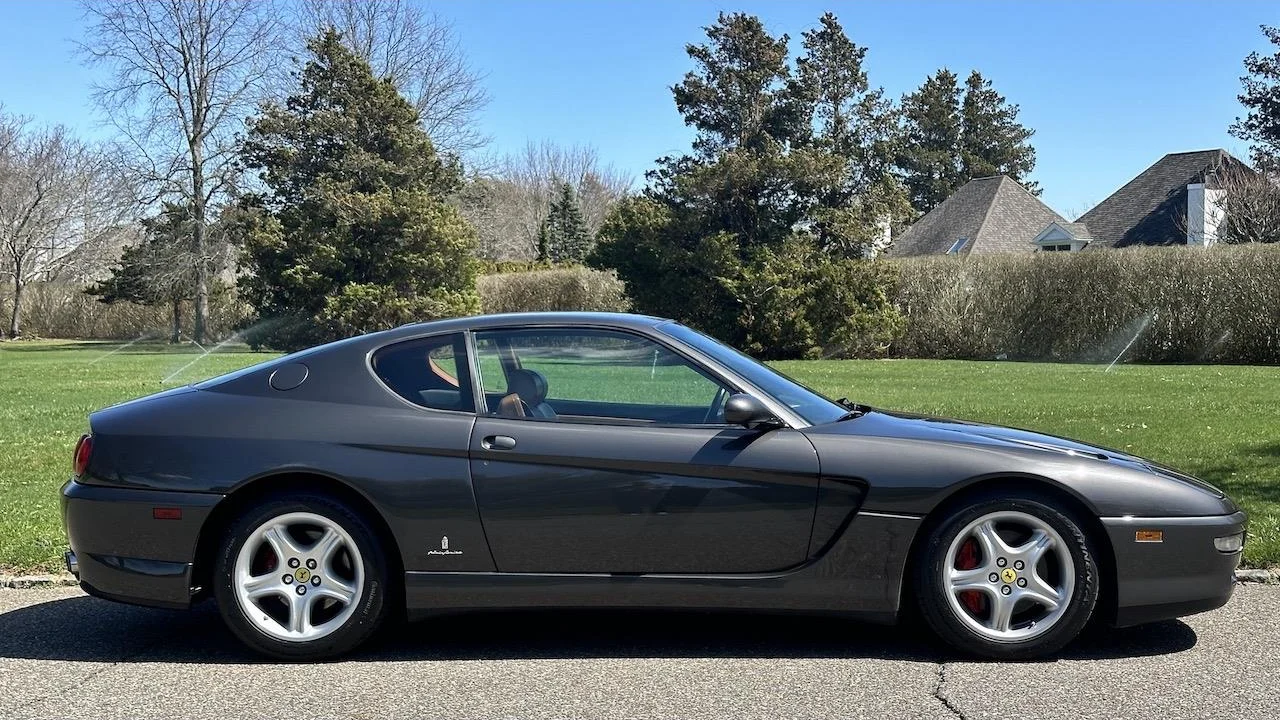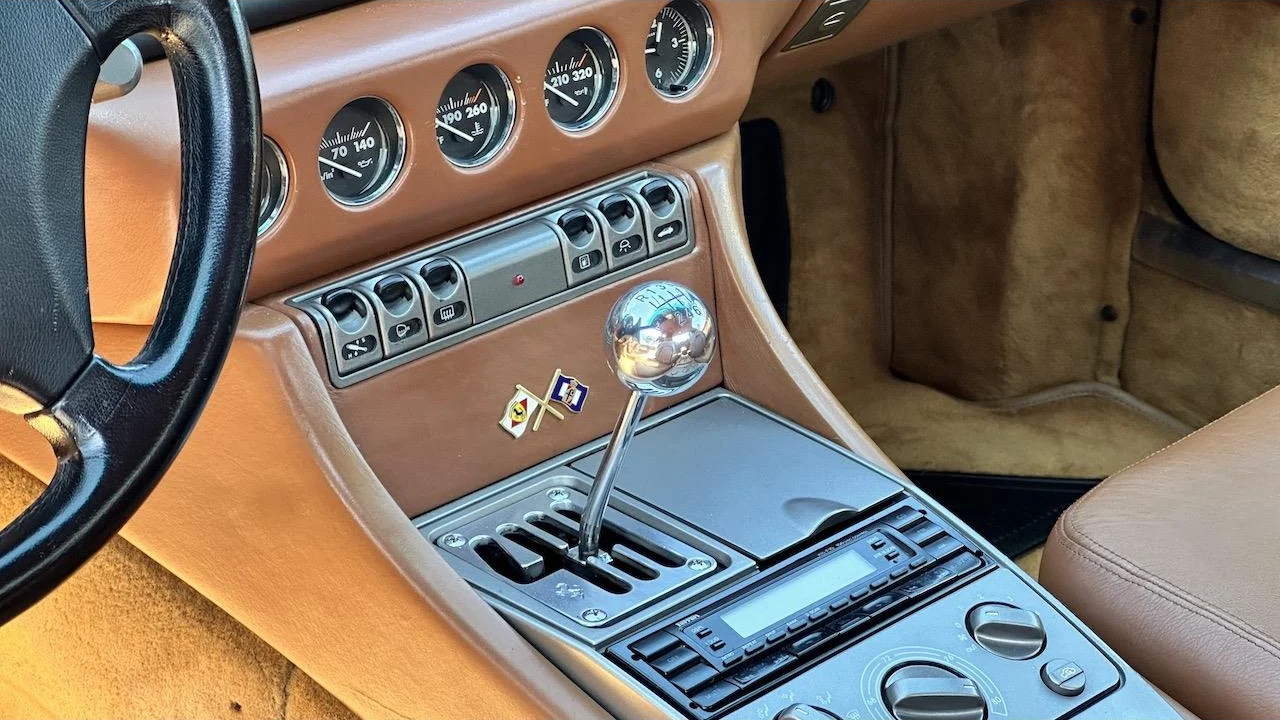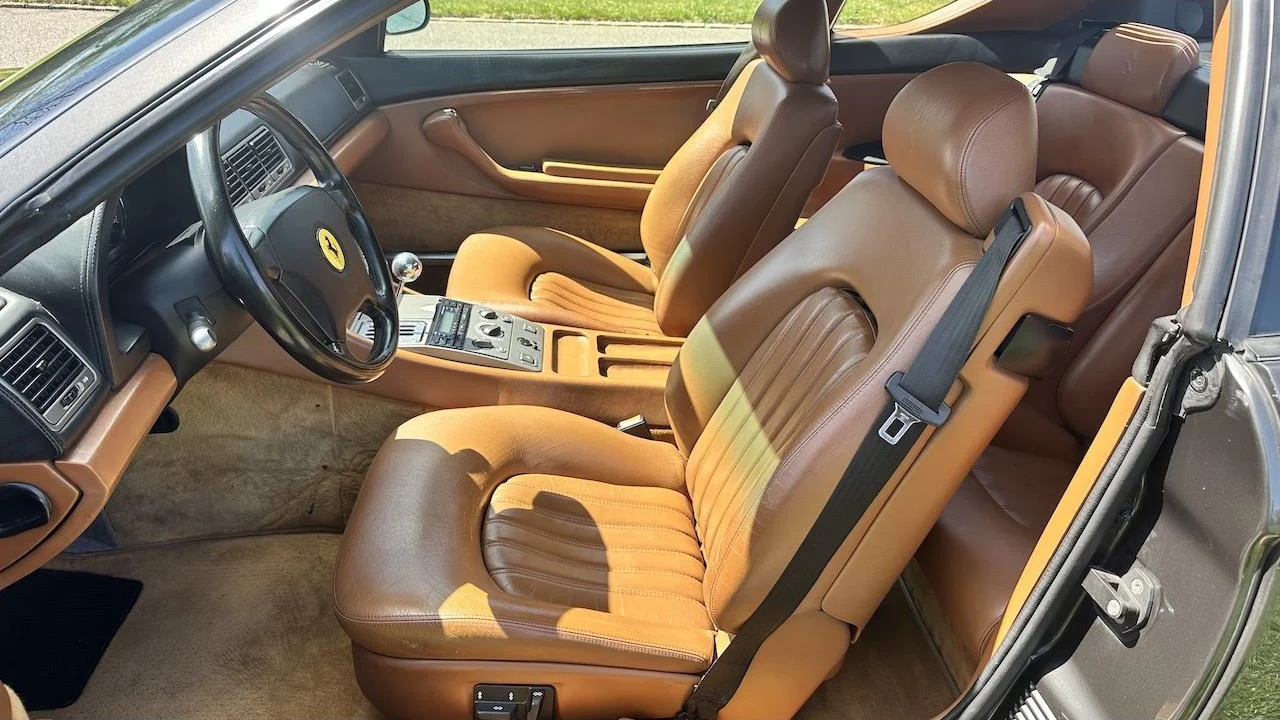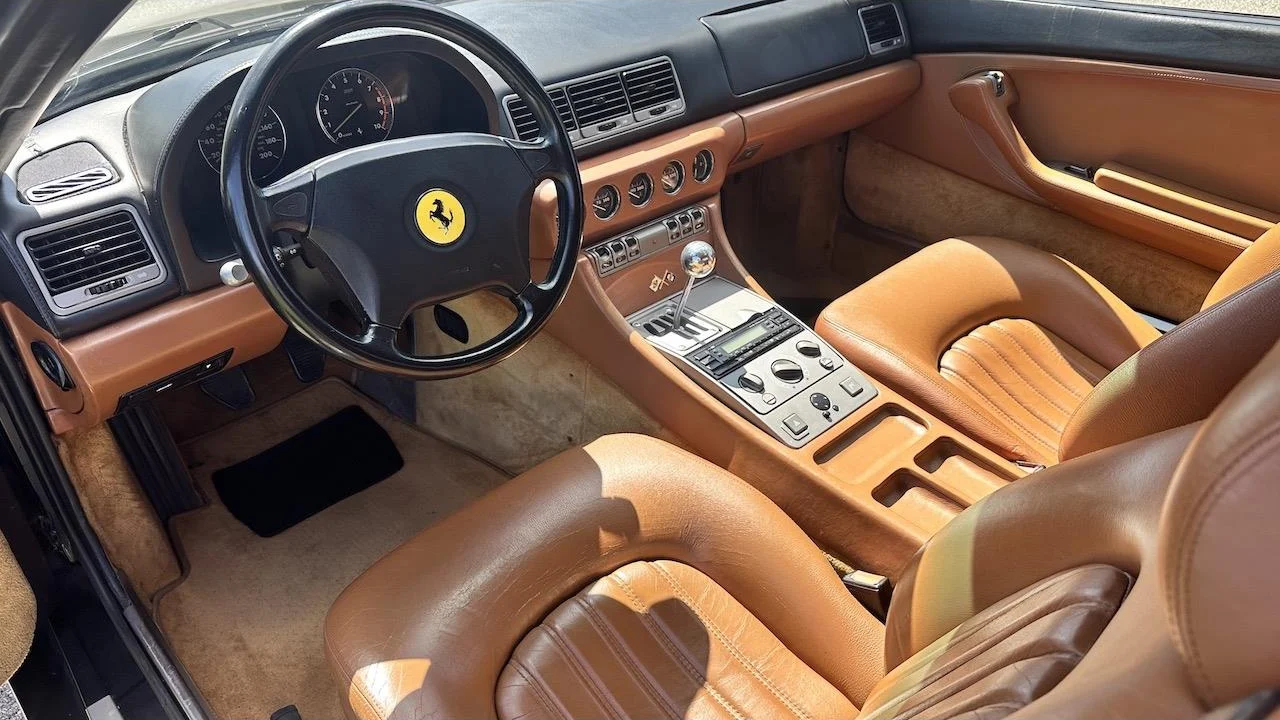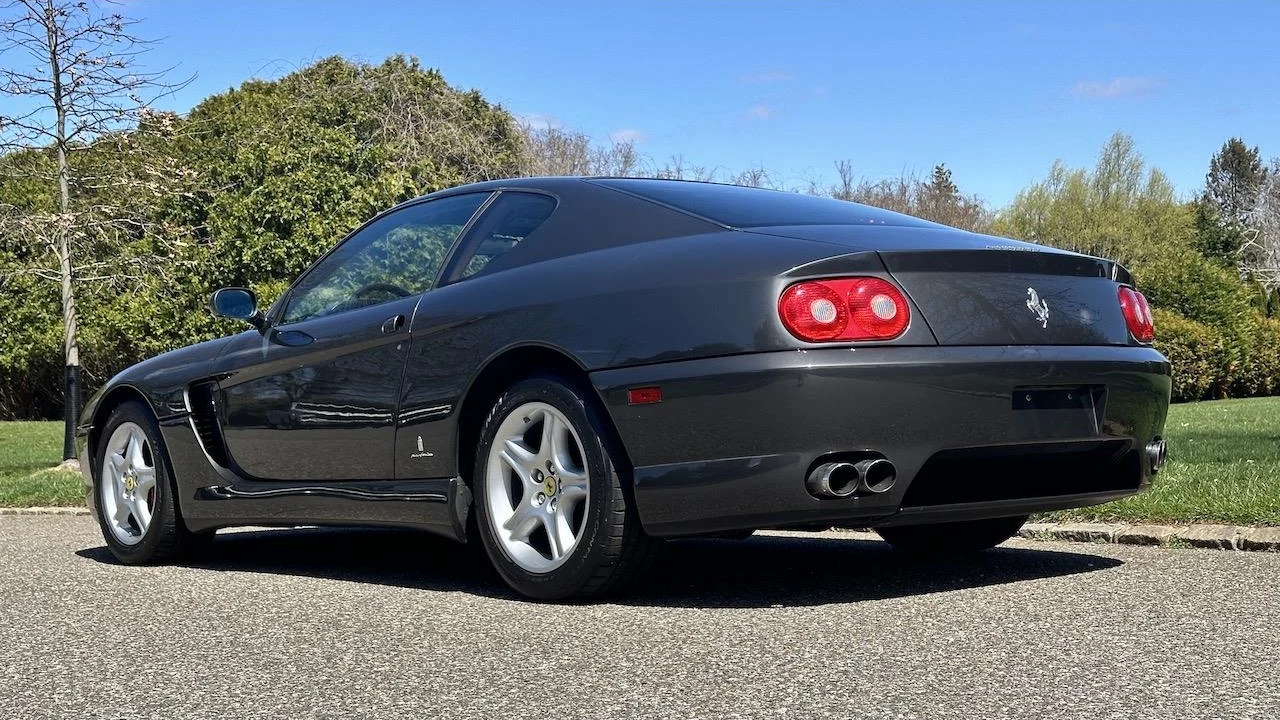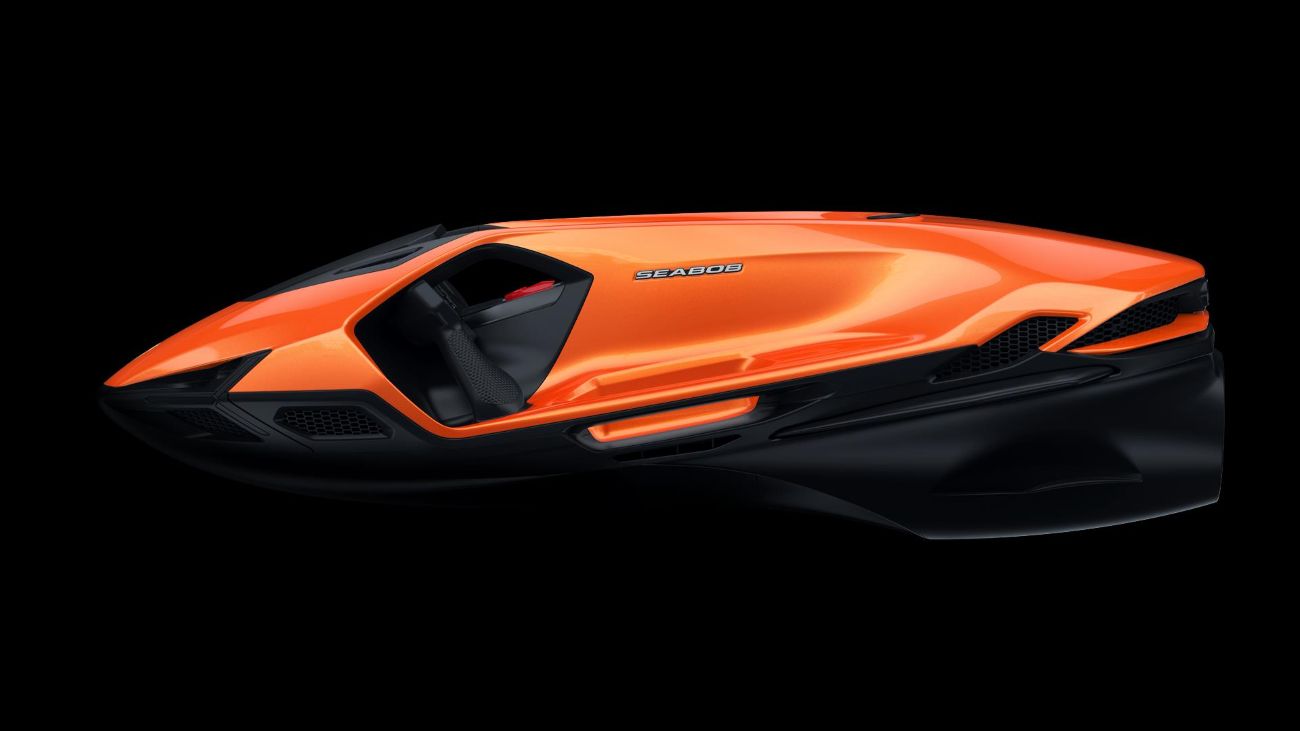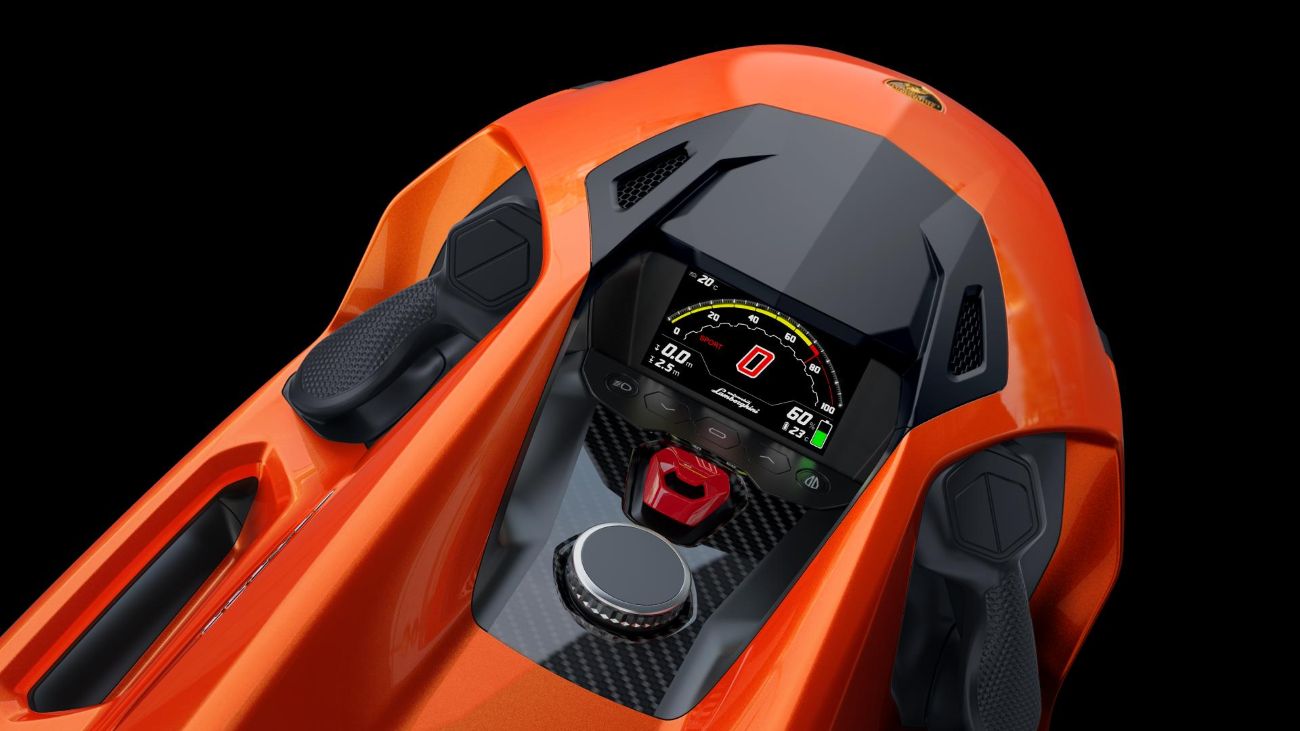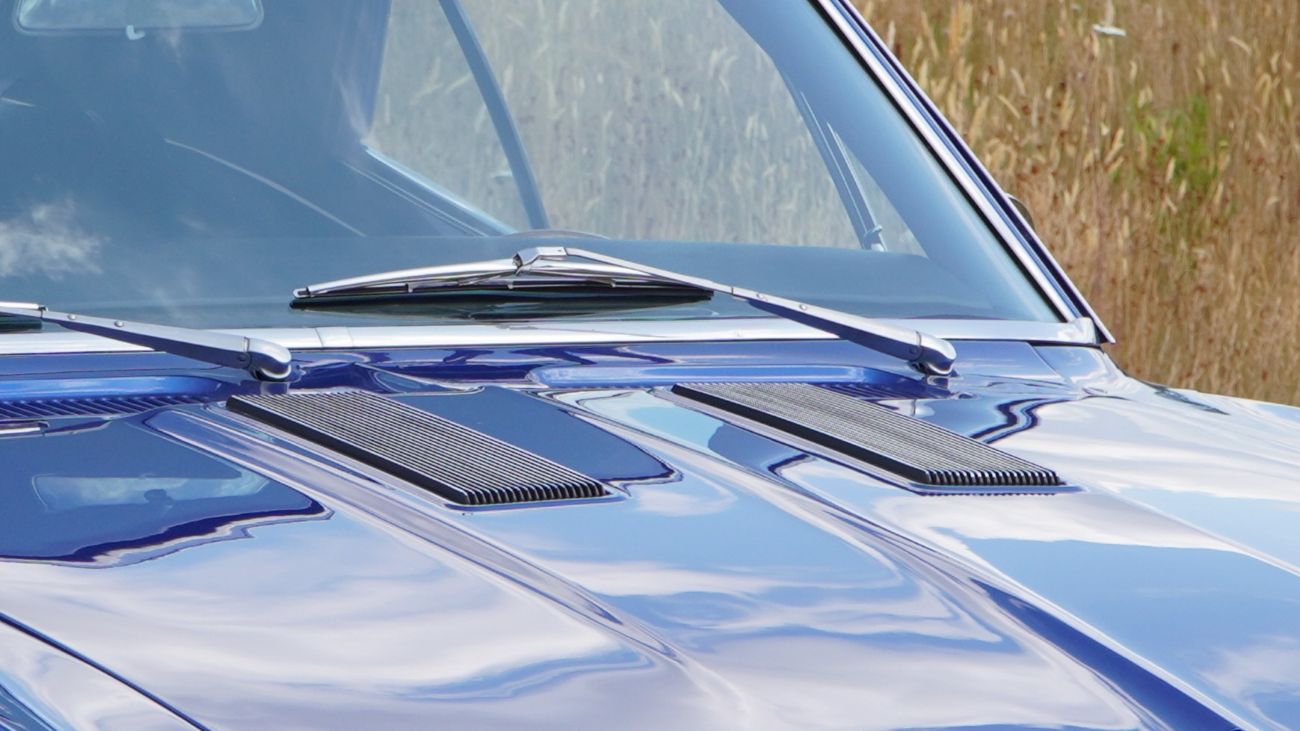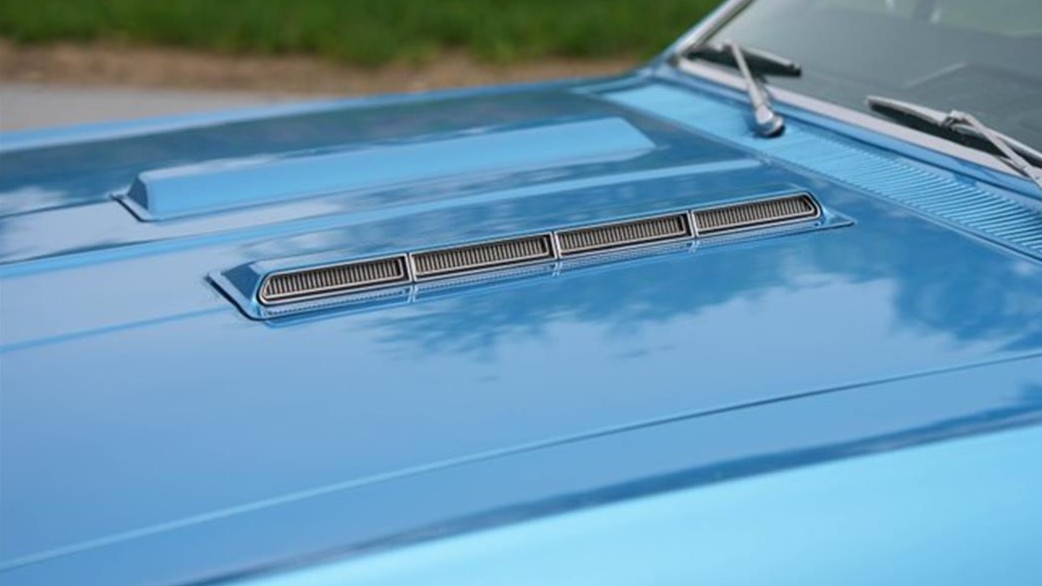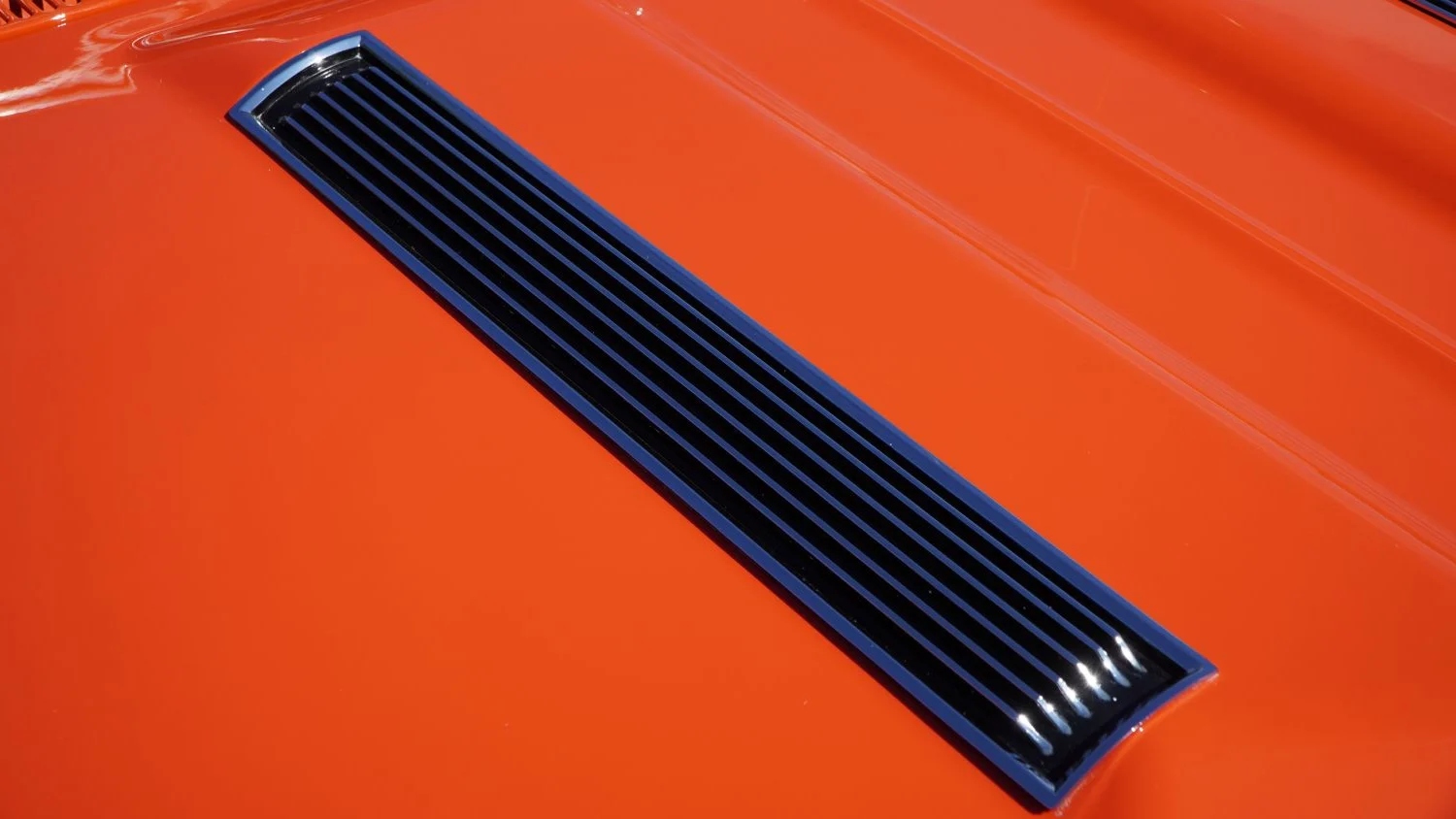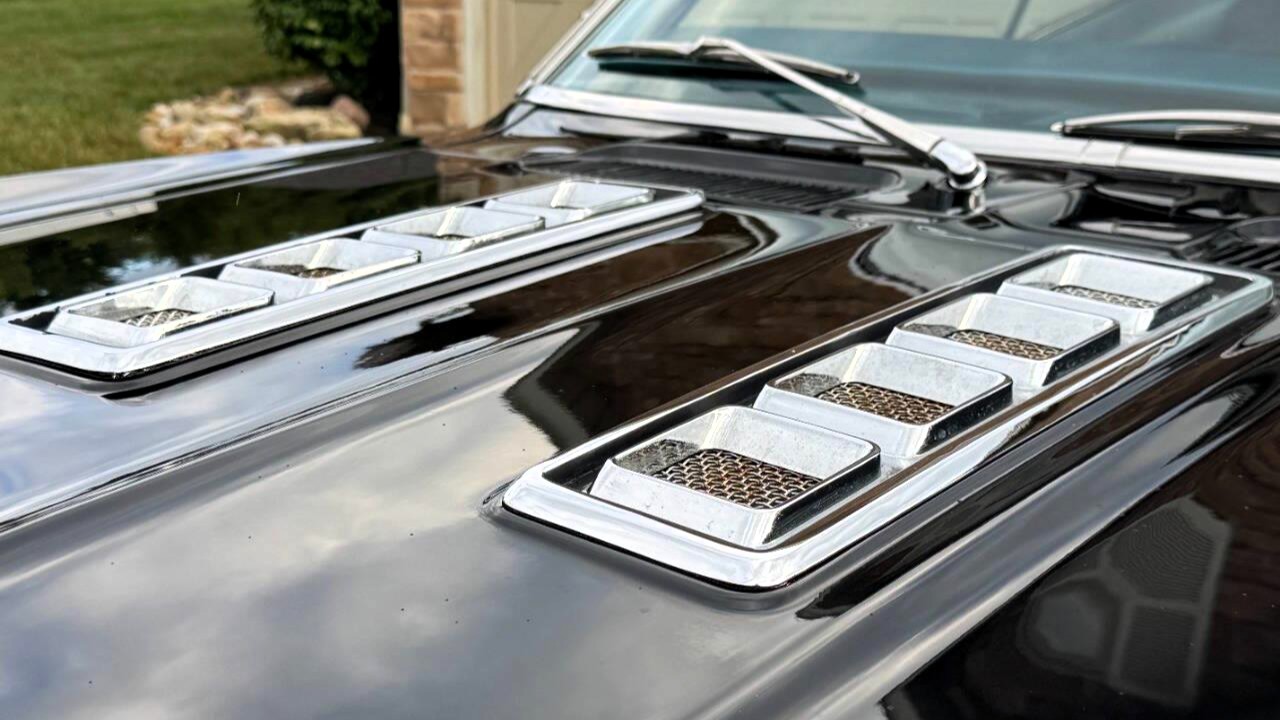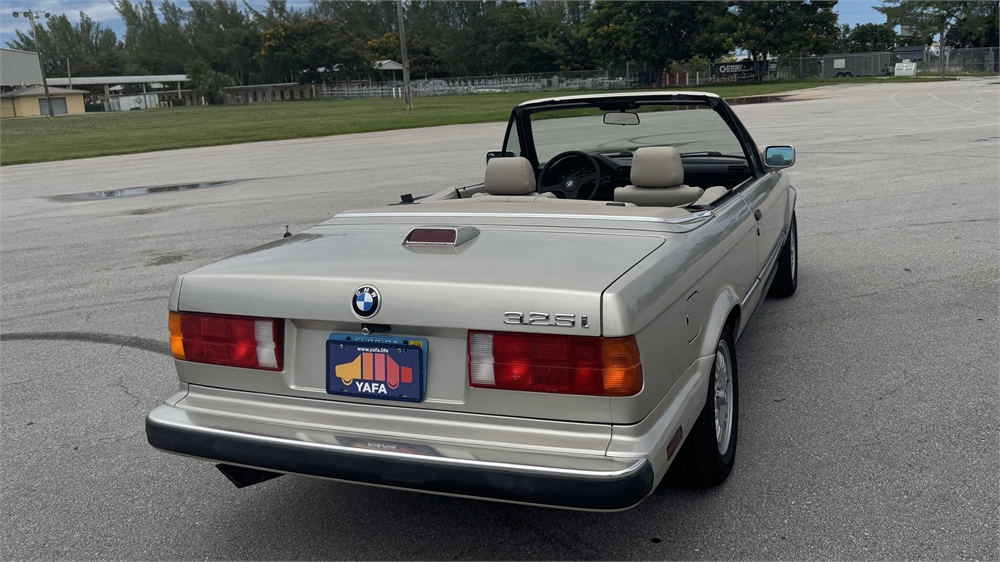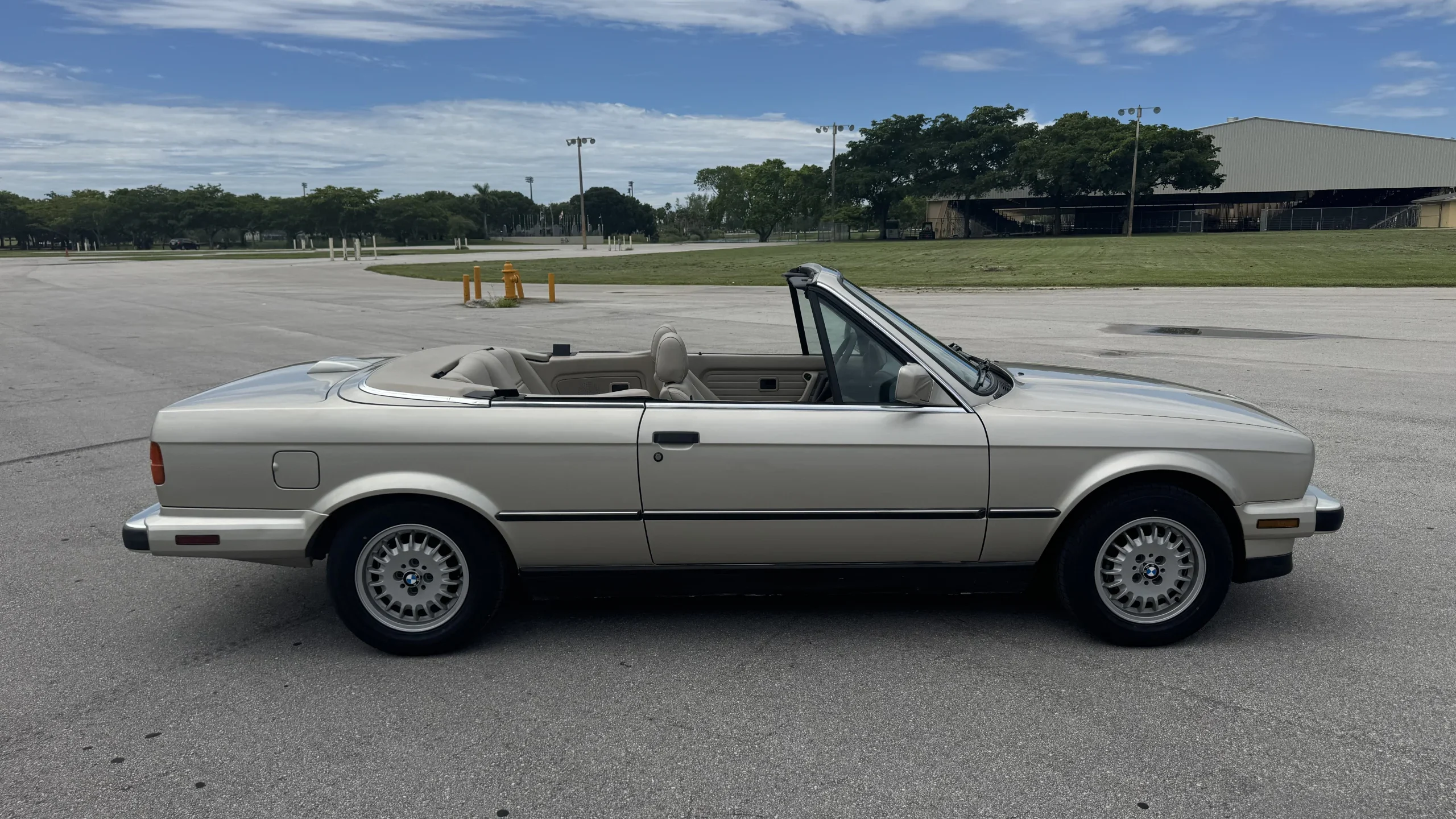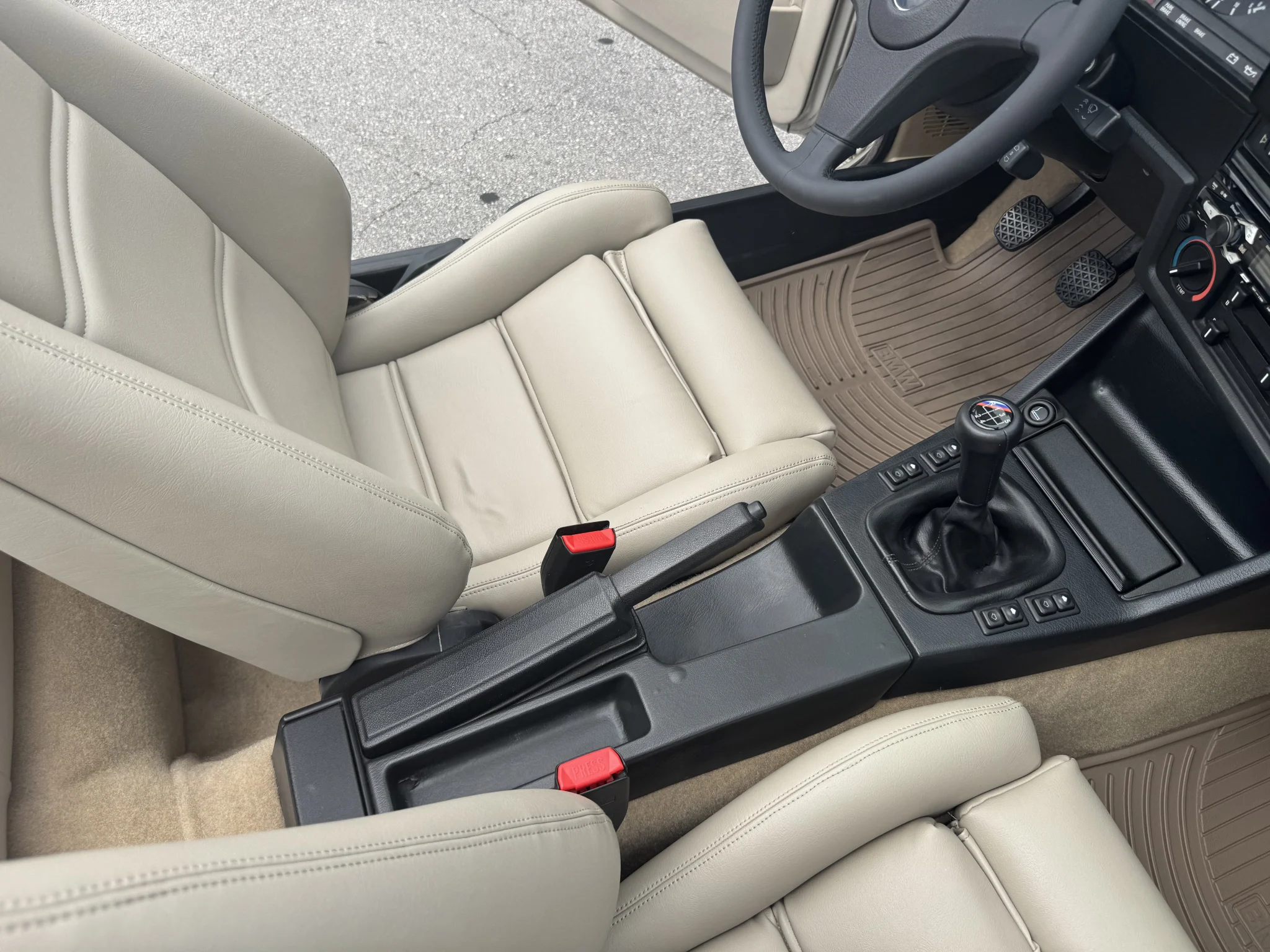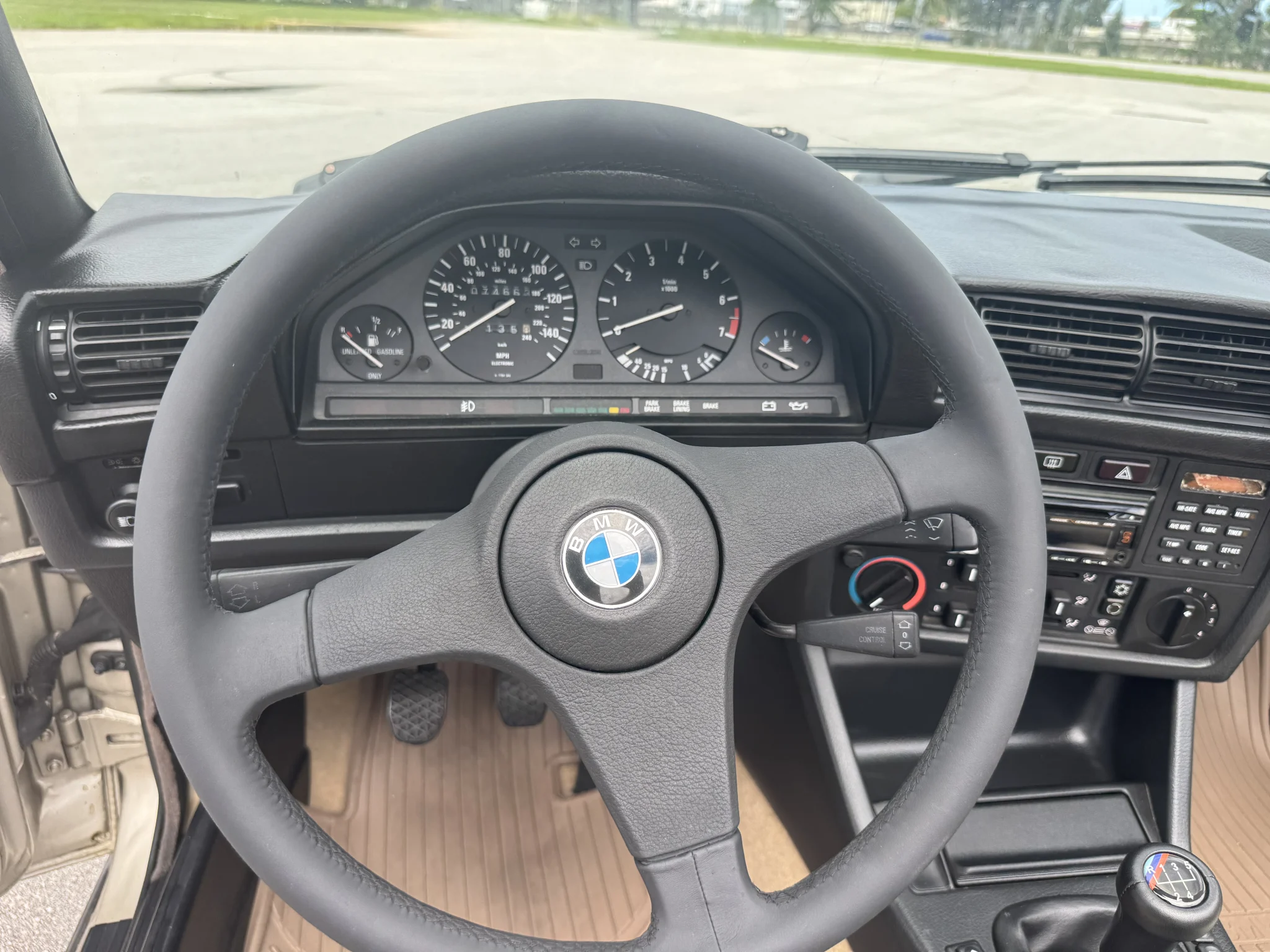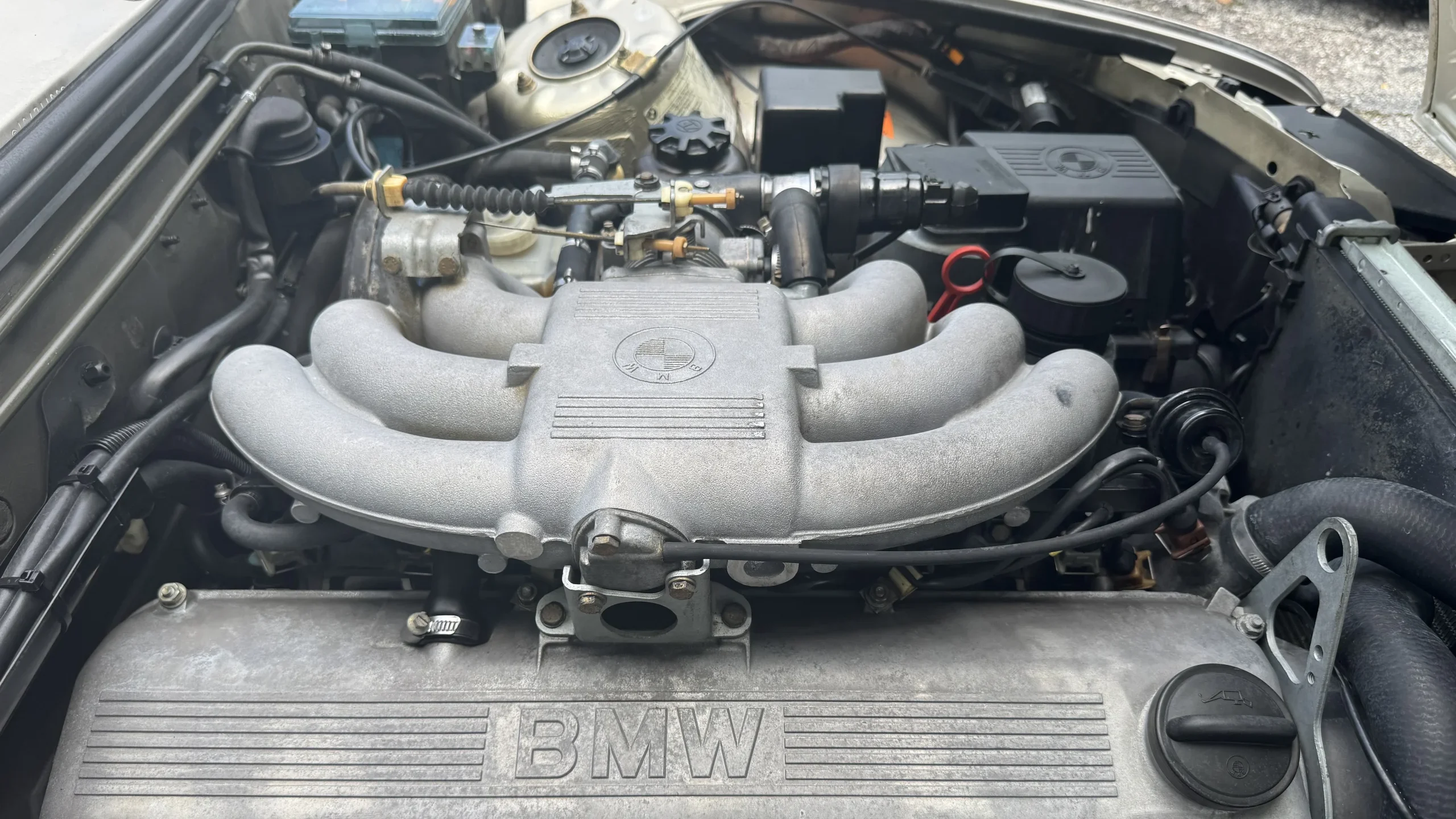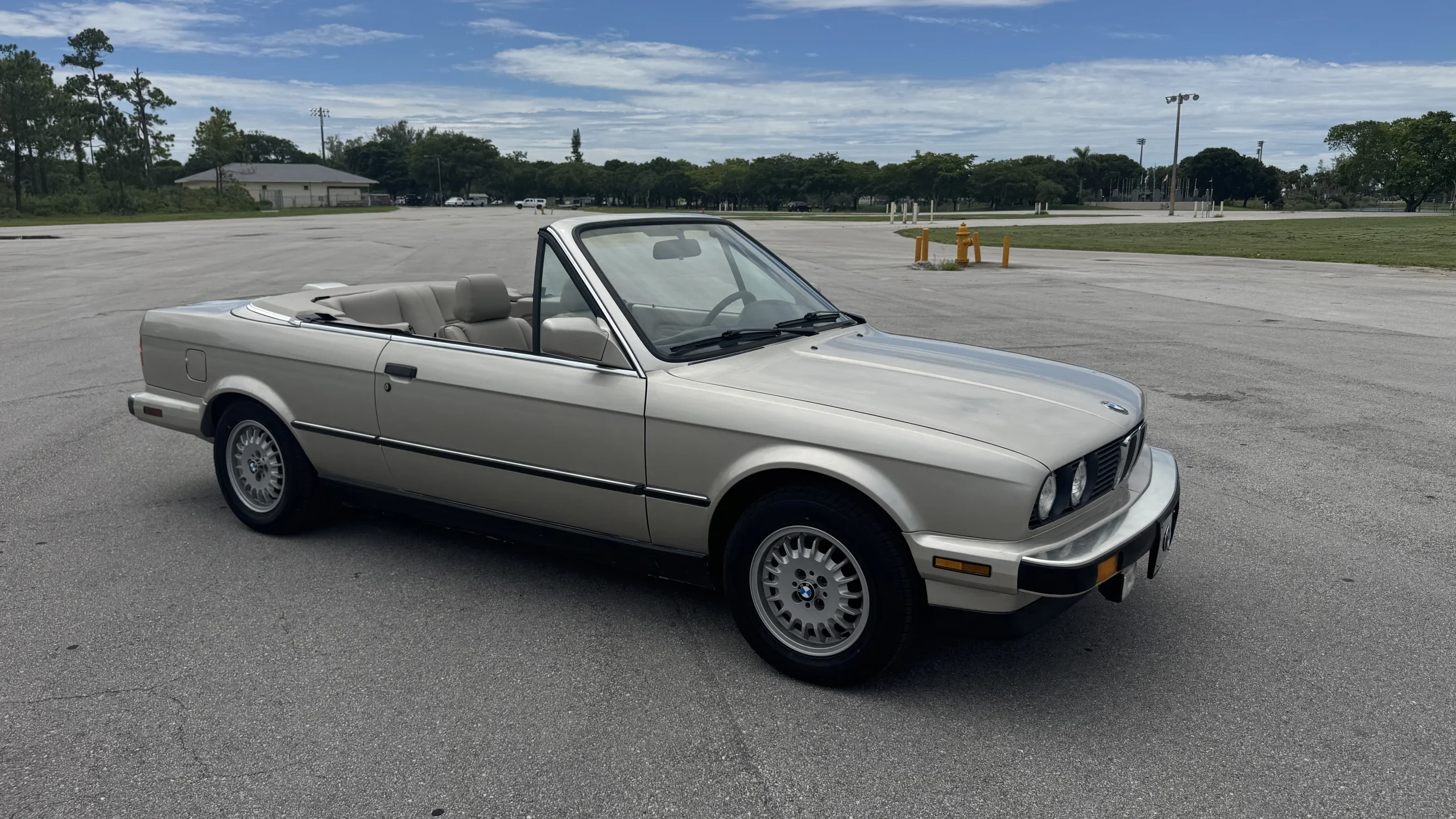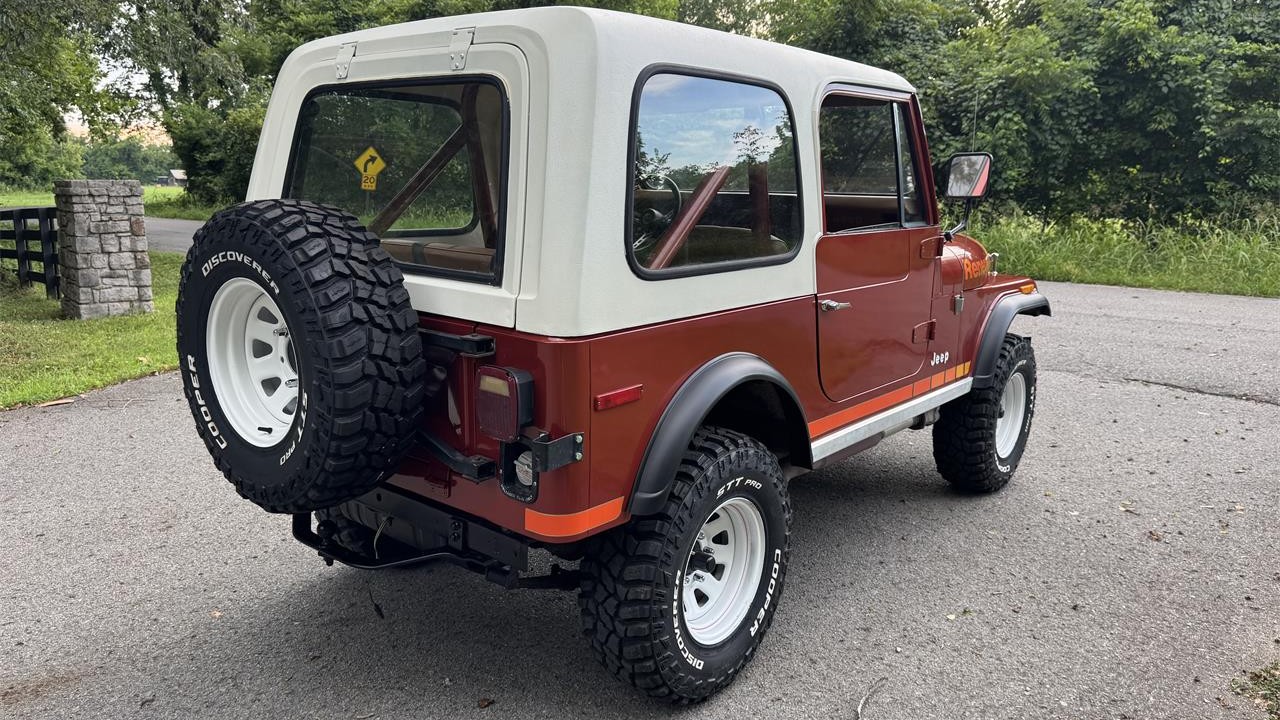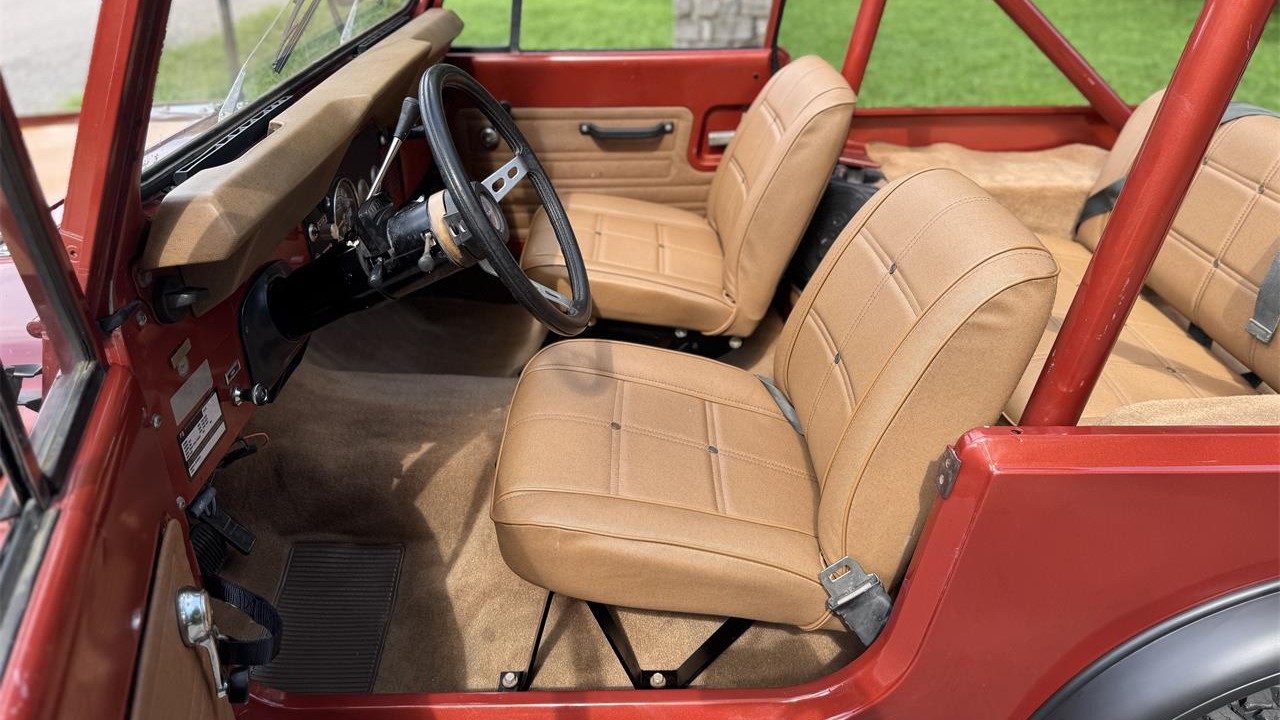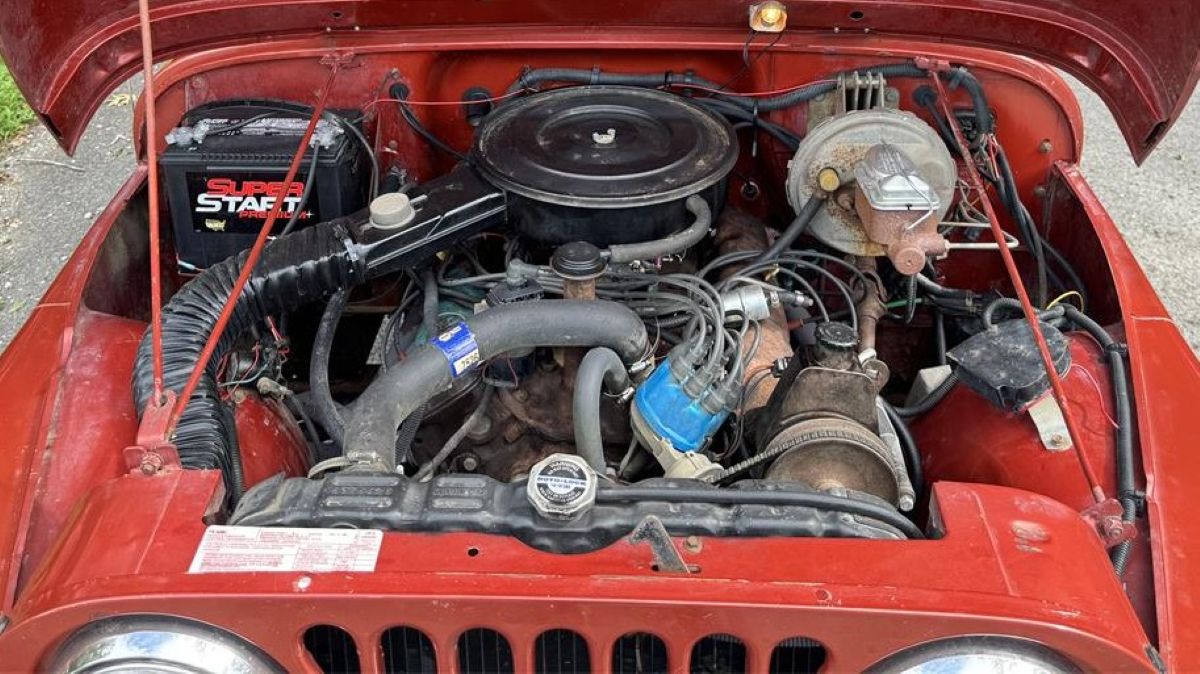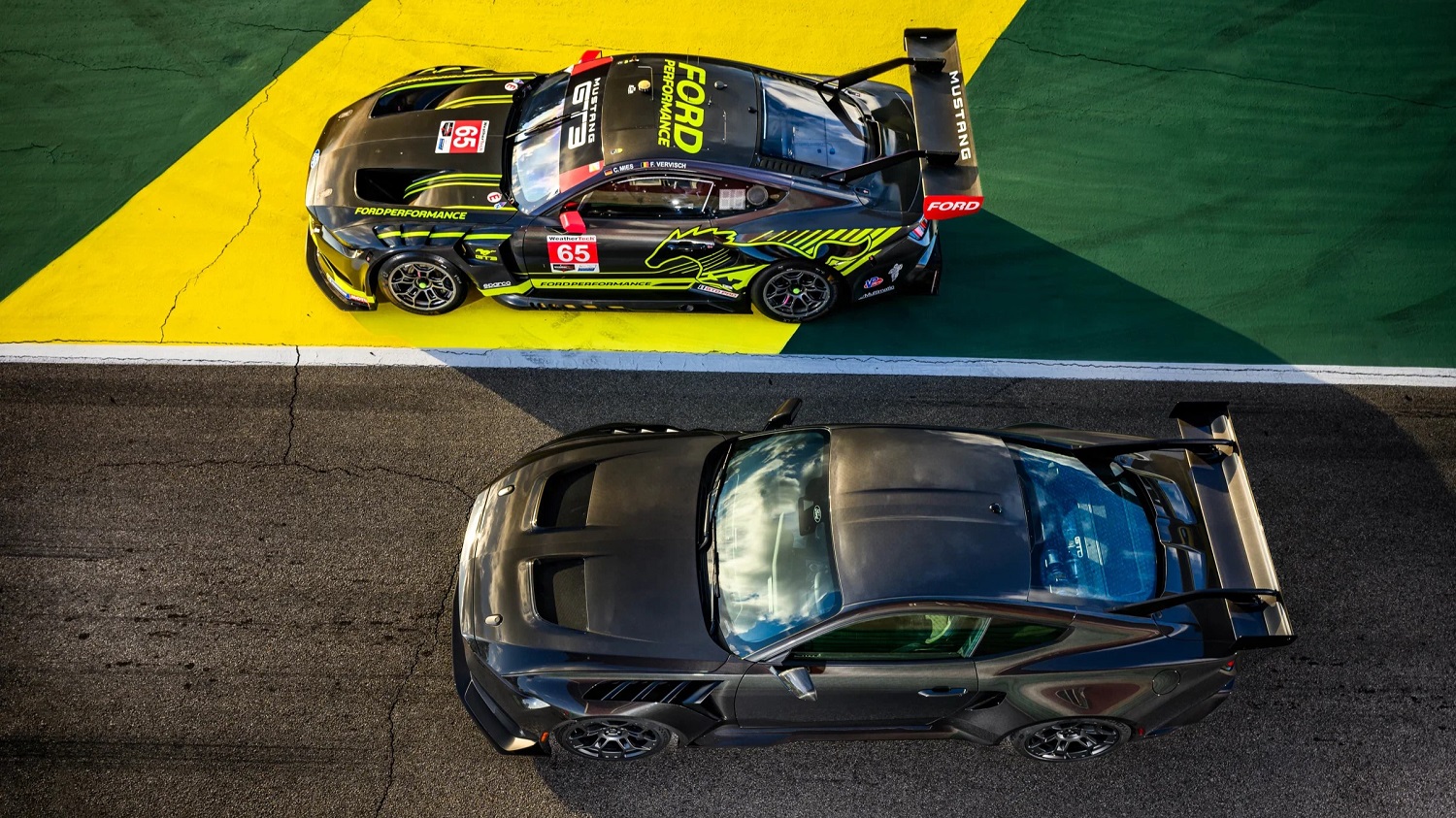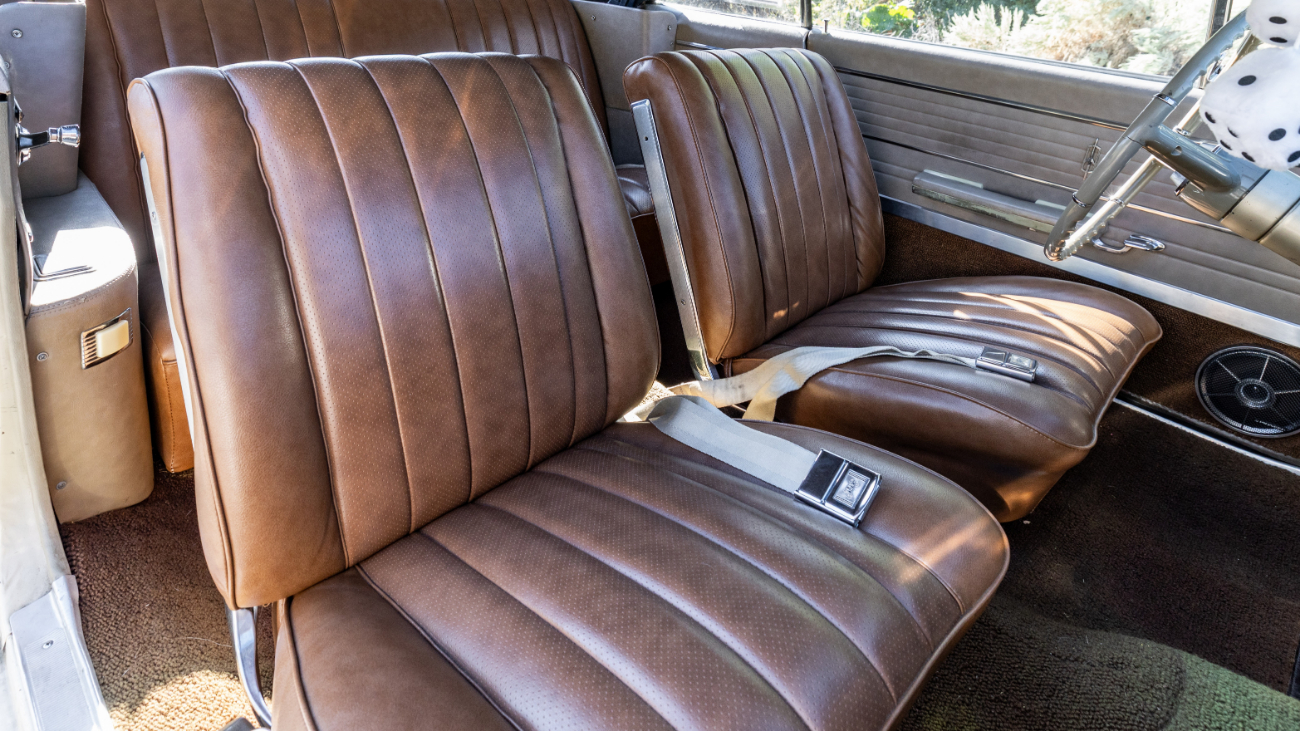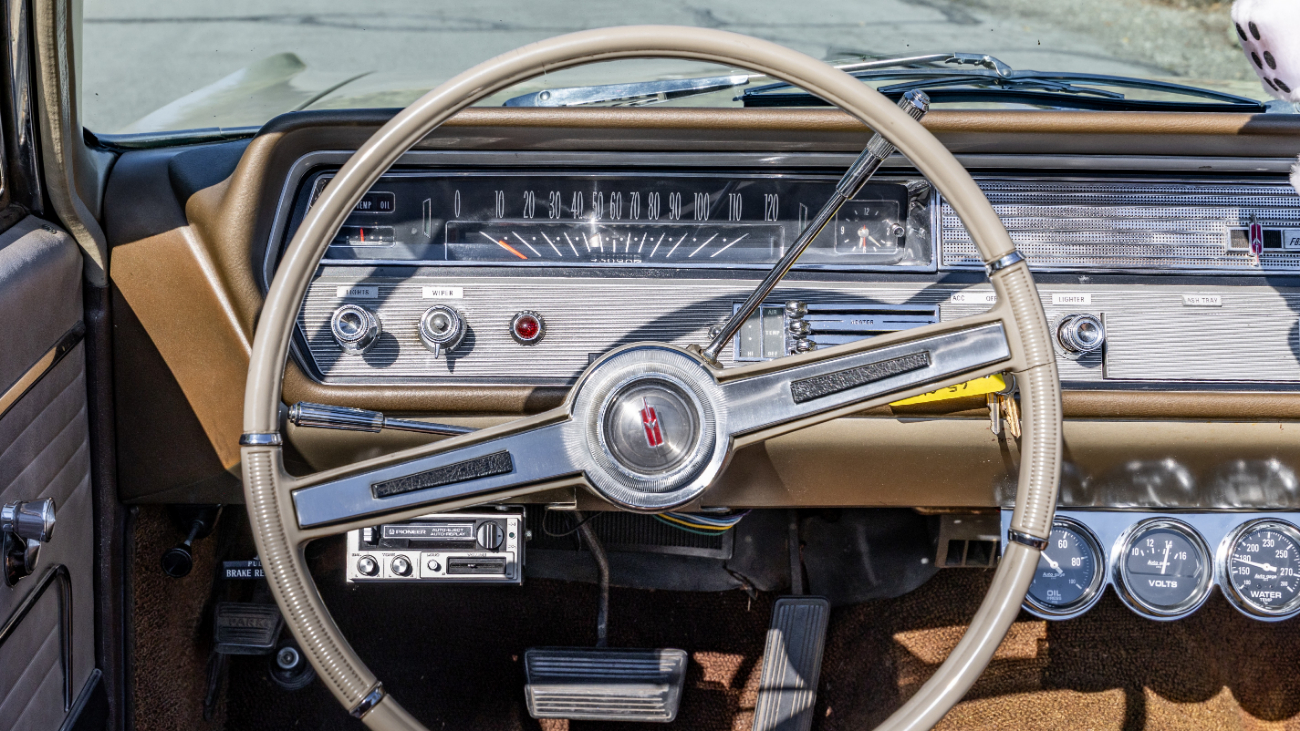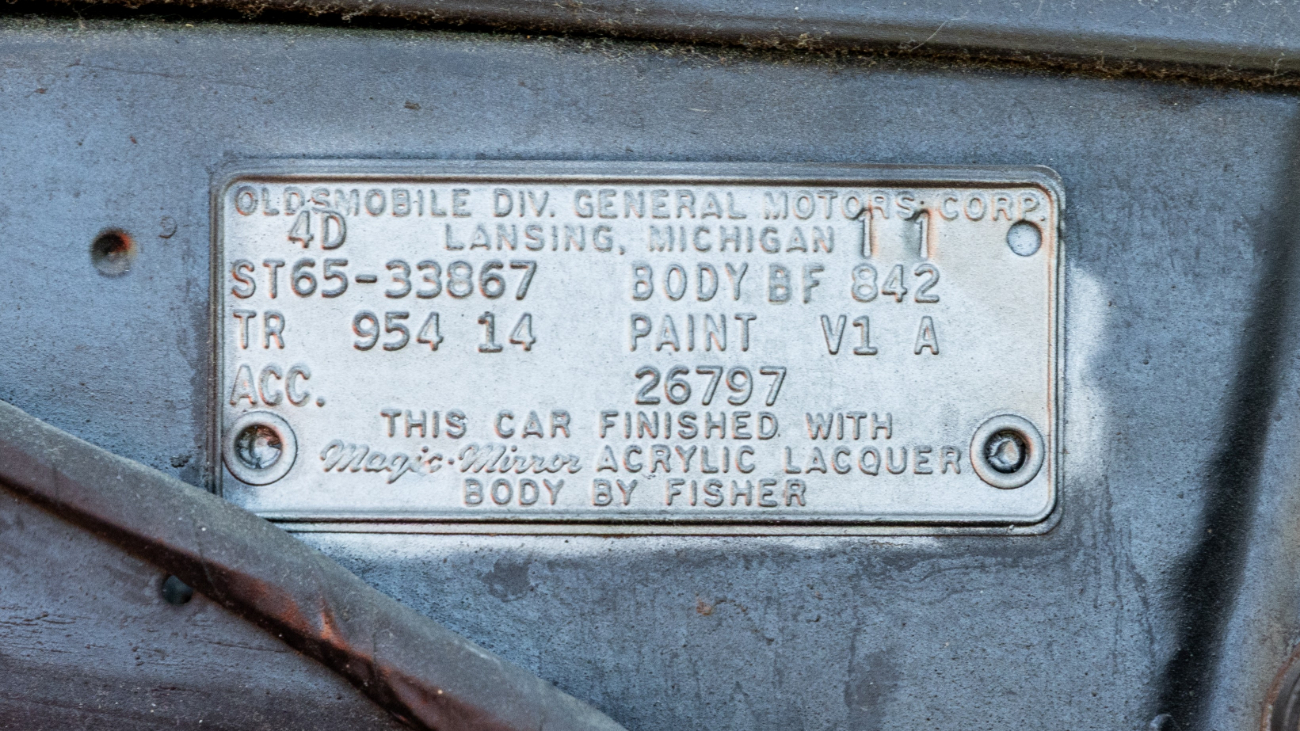Right now on AutoHunter, you can find this 9,042-mile 2019 Chevrolet Corvette ZR1 3ZR coupe, which is equipped with the ZTK Track Performance Package. It’s powered by an LT5 supercharged 6.2-liter V8 paired with an eight-speed automatic transmission. Finished in Shadow Gray Metallic over a Jet Black Napa leather and microfiber interior, this one-year-only ZR1 is now offered by the selling dealer in Braintree, Massachusetts with owner’s manuals, a clean CARFAX report, and a clear title.
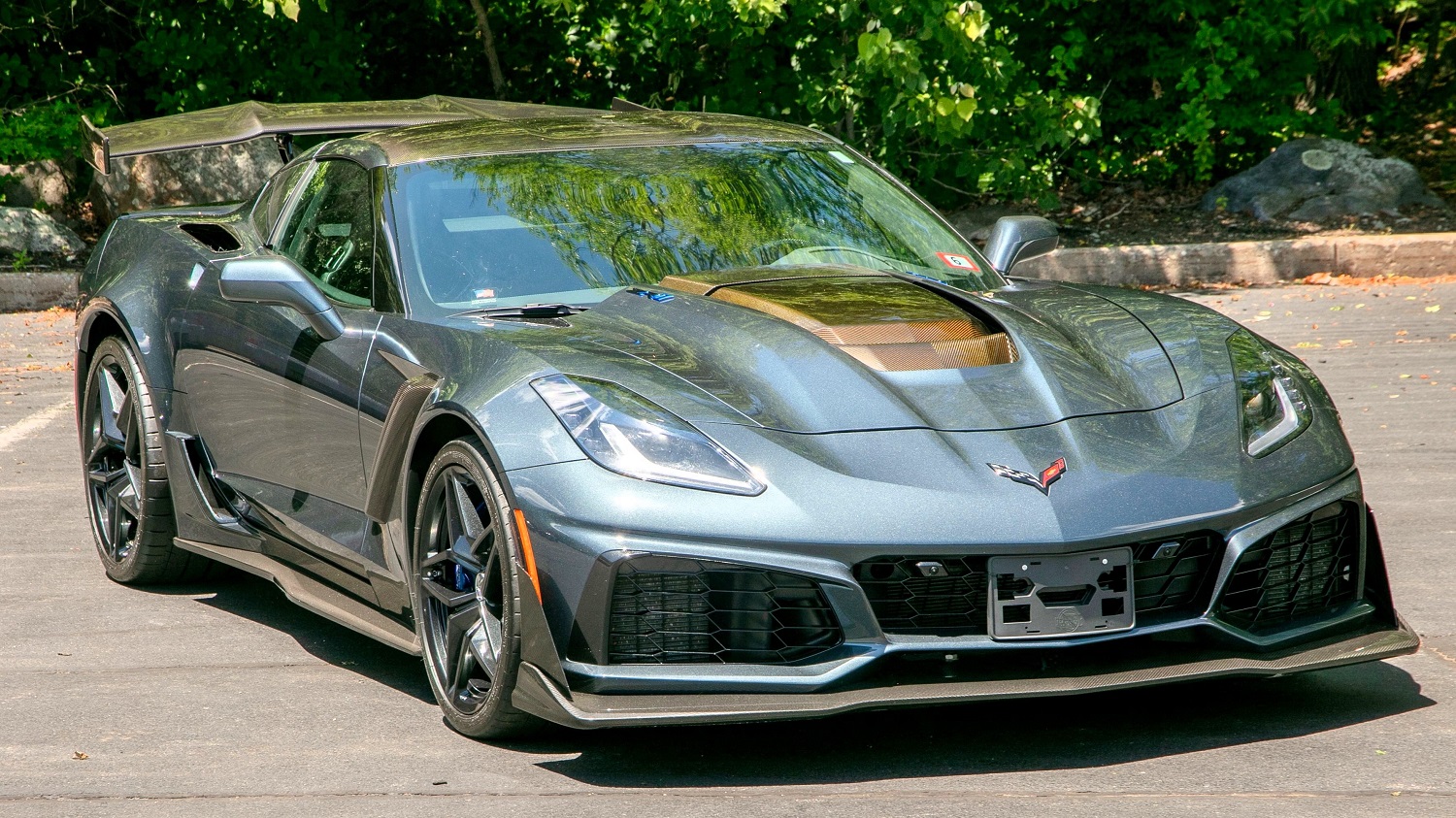
To end the C7 generation of the Corvette on a high note, Chevrolet released a new ZR1 for 2019, which packed even more power than the Z06 plus added enhanced cooling, and aggressive aerodynamics and styling. At the time, Chevrolet called it “the fastest, more powerful production Corvette ever.” This Shadow Gray Metallic ZR1 was optioned with the ZTK Track Performance Package, which adds ZR1-specific front splitter end caps and an adjustable high-wing rear spoiler, as well as the suspension upgrades (covered below). Other exterior features include carbon fiber trim, Xenon high-intensity discharge headlights, body-color carbon fiber hood with removable exposed carbon fiber insert, power mirrors, removable carbon fiber roof panel, and four center-mounted exhaust outlets.
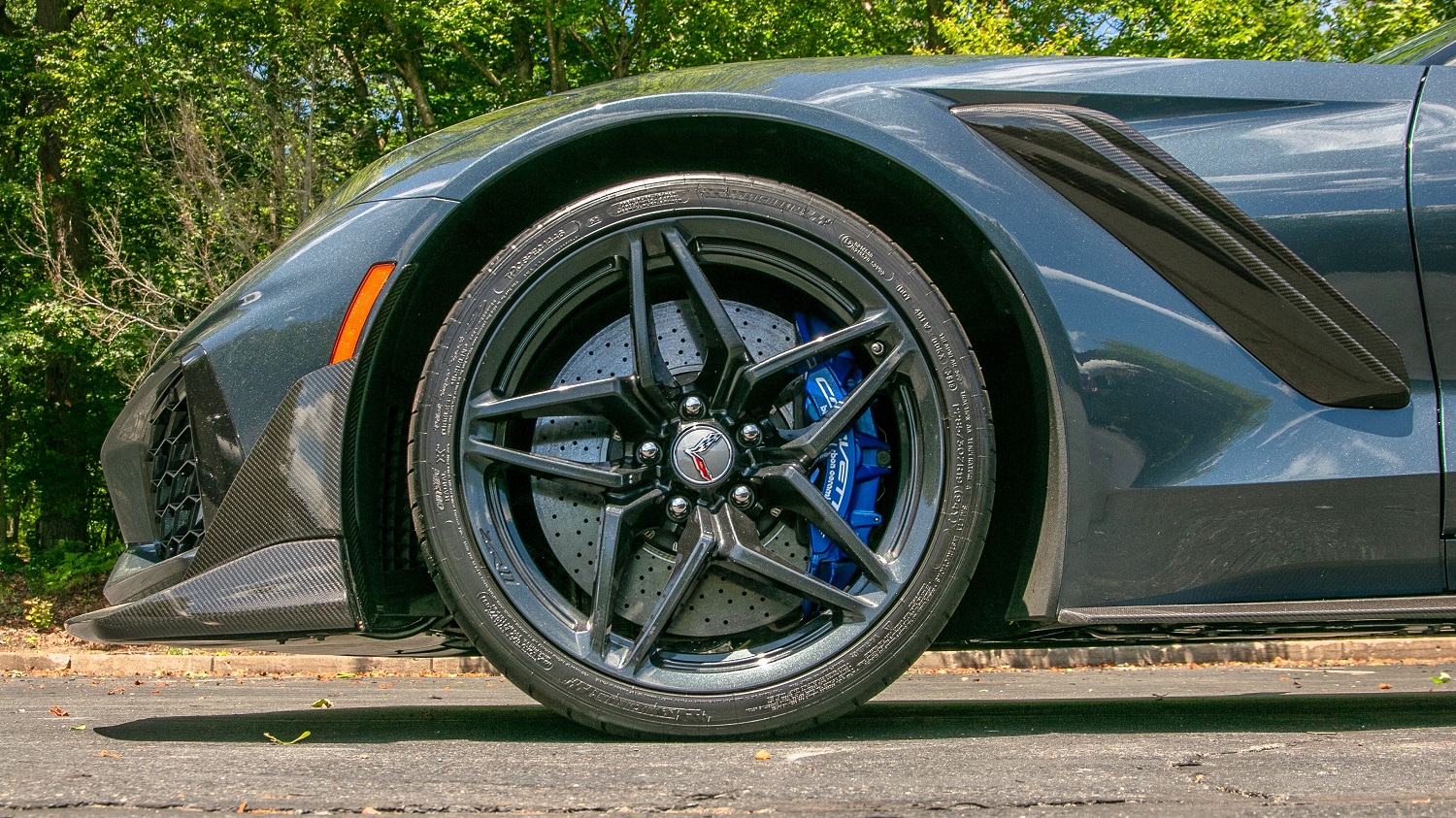
A set of 19 x 10.5-inch front/20 x 12-inch rear 10-spoke aluminum wheels with 285/30 and 335/25 Michelin Pilot Super Sport tires, respectively, keeps a grip on both roads and tracks.
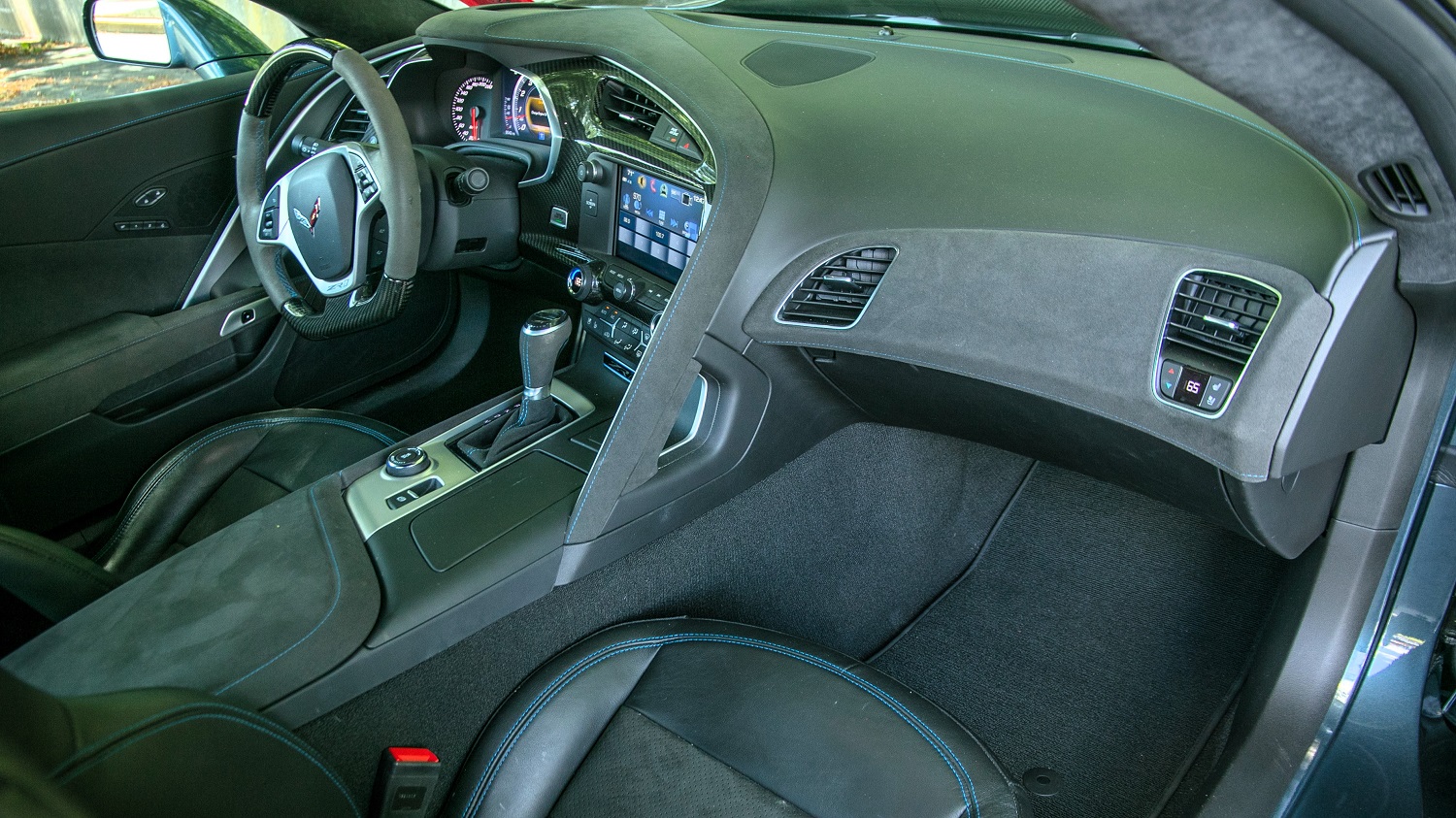
Inside the cockpit, the heated and ventilated, power-adjustable Competition Sport seats are covered in Jet Black Napa leather with microfiber inserts and Blue stitching. The sueded microfiber and carbon fiber steering wheel coordinates with the Sueded Microfibre-Wrapped Upper Interior Trim Package. In addition, this Corvette has power everything, carbon fiber trim, a head-up display, cruise control, an infotainment system with navigation and an eight-inch touchscreen, a 10-speaker Bose Centerpoint Surround Sound system, and dual-zone automatic climate control.

Instrumentation consists of a 220-mph speedometer, 7,500-rpm tachometer, multi-information display, and gauges for the oil pressure, oil temperature, fuel level, and boost pressure. The digital odometer shows 9,042 miles, which is slightly above the most recent figure of 8,800 miles logged on the CARFAX report in August 2024.
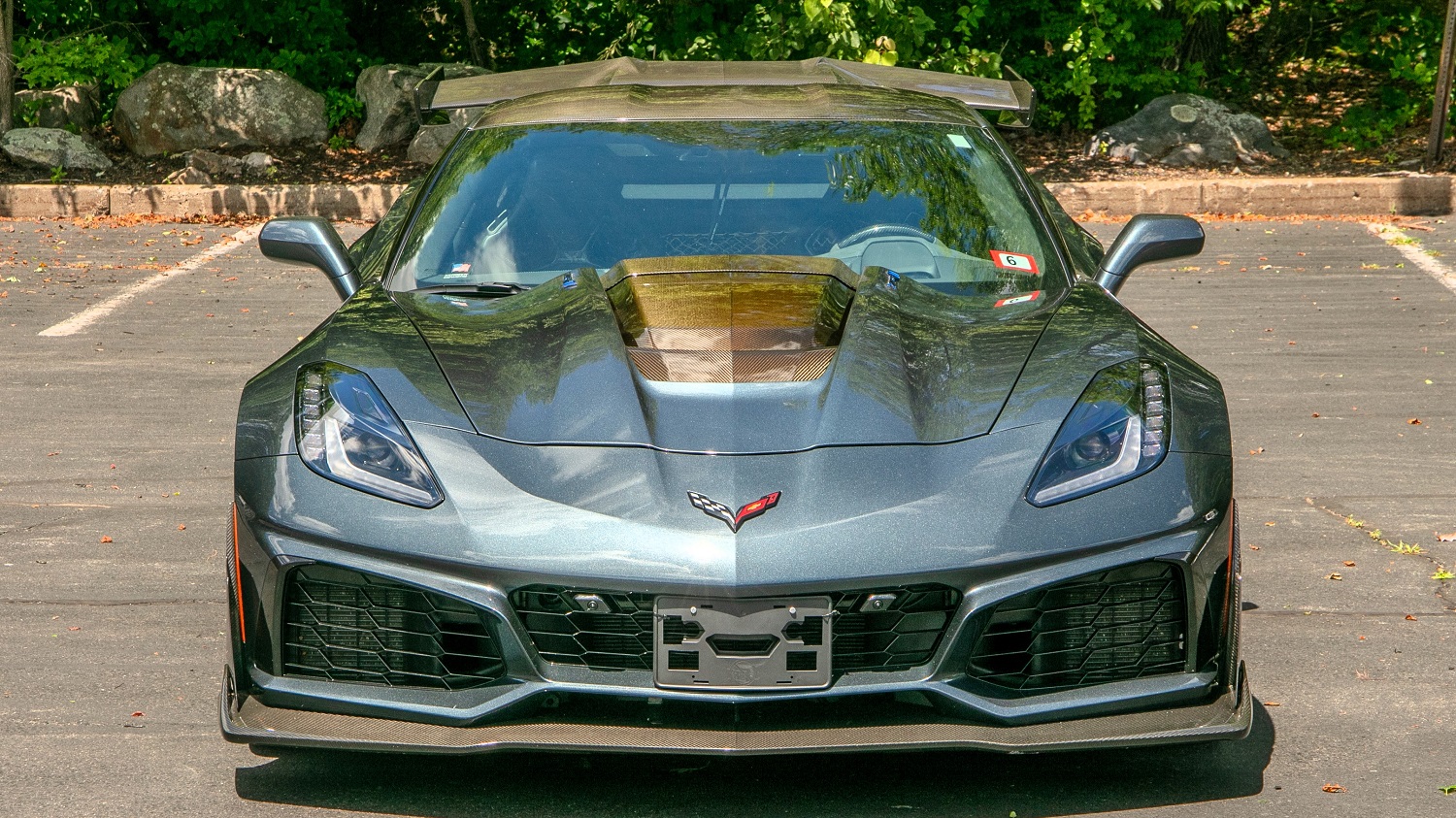
The ZR1’s LT5 6.2-liter V8 eclipsed the Z06’s potent engine by cranking out 755 horsepower and 715 lb-ft of torque with the help of an Eaton TVS R2650 supercharger and an air-to-liquid intercooler. It channels that pavement-rippling grunt through an eight-speed automatic with paddle shifters. That output and transmission, coupled with the ZTK Track Performance Package, make this ZR1 capable of blasting to 60 mph in 2.85 seconds, flashing through the quarter-mile in 10.6 seconds, and pulling up to 1.2g on a skid pad.
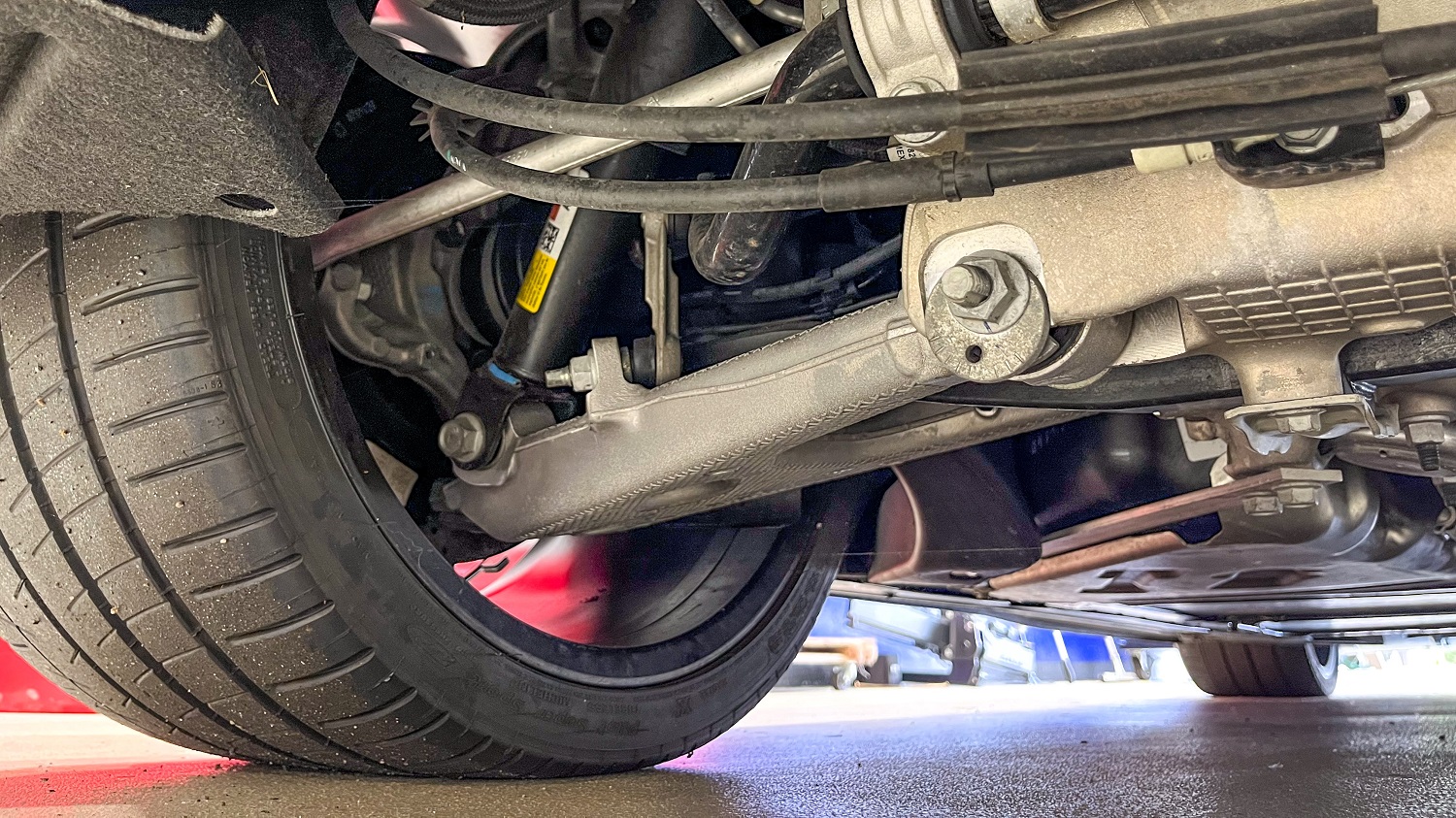
Another part of the ZTK Track Performance Package is the ZR1 Performance Ride and Handling suspension with Magnetic Selective Ride Control. Combined with the Brembo carbon ceramic braking system, it keeps this end-of-an-era Vette on the road—and out of the salvage yard.
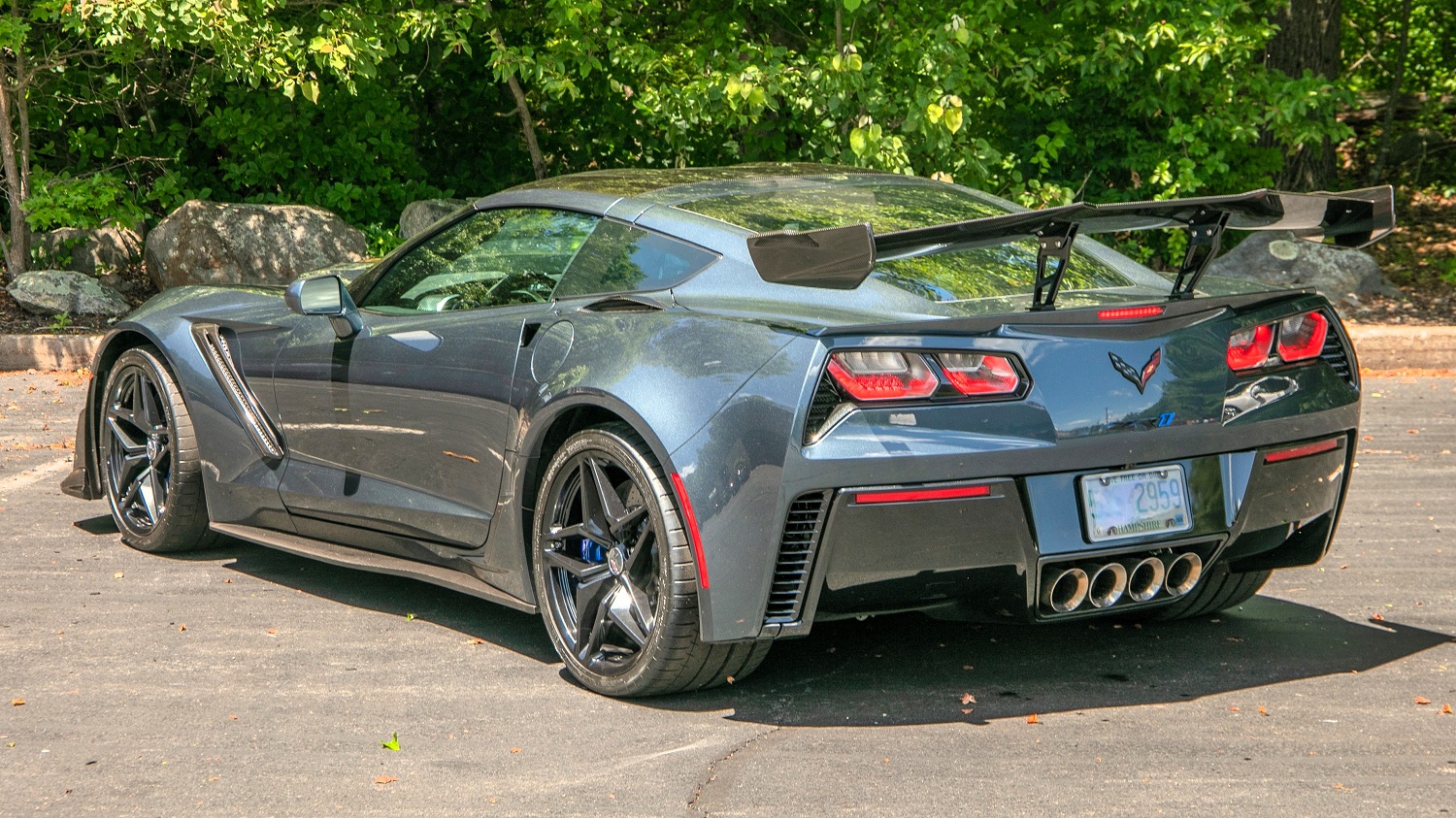
If you want to own a significant piece of Corvette history, bid now on this 2019 Chevrolet Corvette ZR1. But move fast (just like it does) because the auction ends on Monday, September 15, 2025, at 11:45 a.m. (PDT).
Visit the AutoHunter listing for more information and a photo gallery

